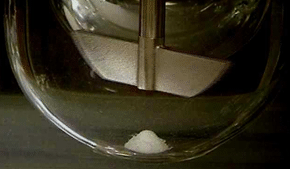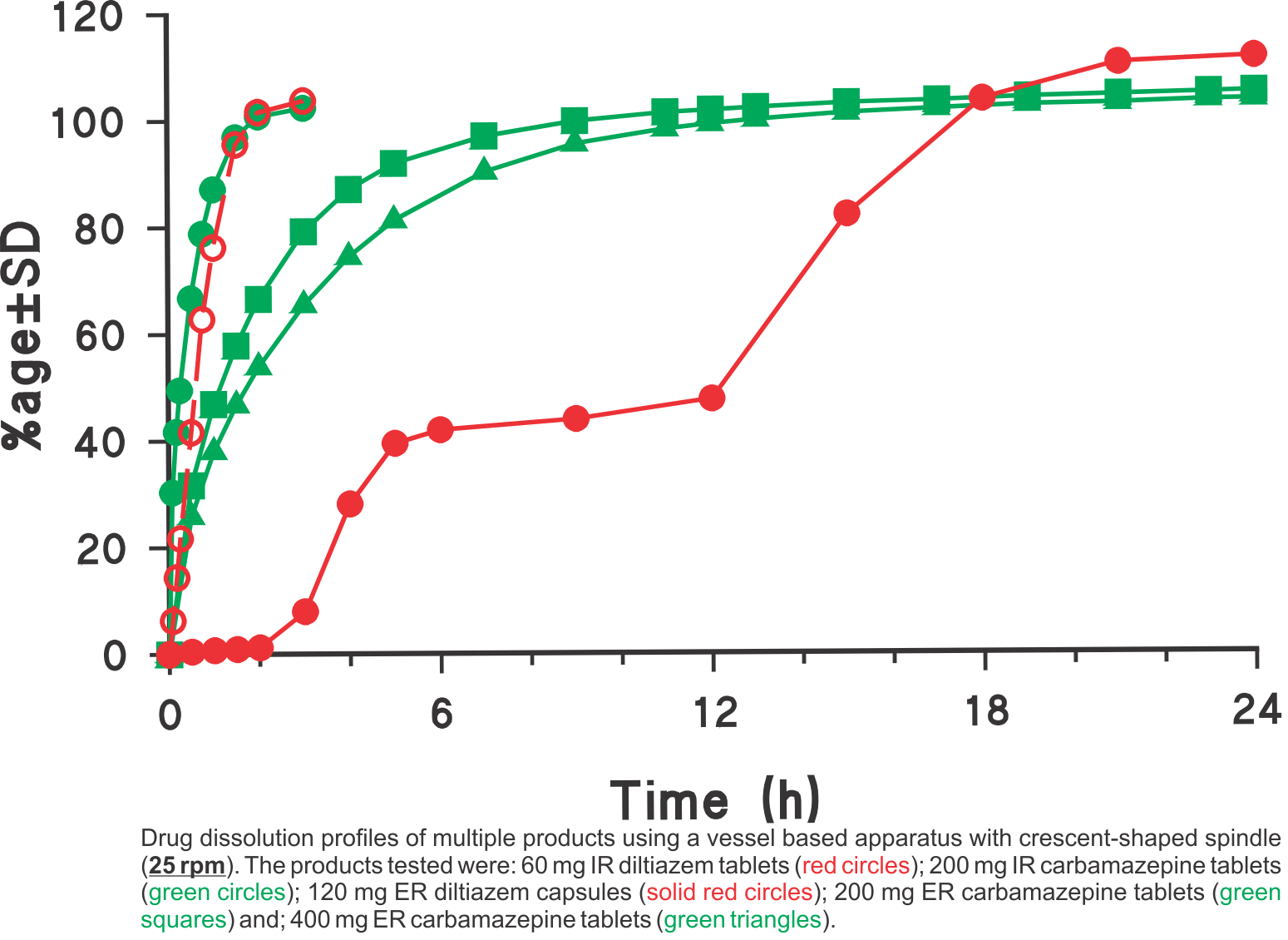It appears so.
BCS is an approach, which has been promoted to reduce the burden of pharmaceutical product evaluations, and their regulatory approval, using drug dissolution testing instead of in vivo (bioavailability/bioequivalence) testing.
In reality, the BCS concept was introduced to facilitate success in establishing IVIVC, which in general had shown poor, or no, success.
The underlying principle of BCS is that if drugs are classified into classes based on their aqueous solubilities and absorptions or permeabilities through the GI tract, then establishing IVIVC may be possible. It is, therefore, important to note that the concept of BCS was introduced to increase the chances of IVIVC success.
For BCS, drugs are divided into four classes having the characteristics of (I) High solubility and high permeability; (II) Low solubility and high permeability; (III) High solubility and low permeability; (IV) Low solubility and low permeability. As per the BCS approach, for drugs that would fall in the low permeability category, i.e., classes III and IV, it would be unlikely to achieve successful IVIVC as drug dissolution testing does not relate to permeability. Thus, the success of IVIVC may not be possible for the drugs of these classes. The drugs in class I are also considered as poor candidates for a successful IVIVC, as these drugs would often dissolve so fast that they may overwhelm the absorption system. Therefore, the drugs in class II (low solubility and high permeability) and drugs of class I, where release would be manipulated so that drugs appear as slow dissolving (e.g., extended-released type), would have the potential to achieve successful IVIVC. It is important to note that in principle, BCS would support the potential success of IVIVC with only class II type drugs. However, the reported success of IVIVC for drugs in class II has also been limited. Perhaps because of a mismatch of in vitro and in vivo environments, see link). Therefore, one should be cautious when describing the BCS as a success or useful practice. Thus, the extension of BCS in developing IVIVC and its usefulness in the regulatory environment should be considered with care.
On the other hand, Guidance documents are available that recommend using the BCS concept for bio-waivers, meaning products may be evaluated using in vitro drug dissolution tests only without in vivo testing. First of all, these documents are applicable for products of drugs in class I only, where generally it is recognized that achieving IVIVC would be highly unlikely based on the BCS concept as explained above. Moreover, there are other conditions as well which these drugs and their product must also meet. For example, products must be of immediate-release type, and the products must also release the drug very quickly, generally in less than 30 minutes. In essence, the products for which bio-waiver may be considered should be such that they should have drugs that would be released and dissolve quickly. The assumption here is that the human body will consider these products equivalent to solution products. It is obvious from this discussion that the BCS, which is intended for developing IVIVC, plays a limited role in describing bio-waiver criteria for this particular class of drug where no IVIVC is expected.
It may, therefore, be concluded that BCS had been of limited use in facilitating IVIVC, application of dissolution testing in lieu of in vivo testing and/or reducing regulatory burden.

 The question is then, why do the products of these two types of drugs often behave differently in dissolution testing so that they require a different classification or different approaches. It is because of the poor interaction between the product (disintegrated) content and the dissolution medium. Due to poor hydrodynamics within dissolution vessels, paddle and basket, the product contents tend to accumulate at the bottom. This accumulation is known as “cone” formation (as shown in the picture). Often such pronounced “cones” are not observed with the basket apparatus, but similar accumulation/settling of the product contents at the vessel’s bottom is present. Depending on the “cone” size, the release of the drug from the “cone” will be different, mostly slower and erratic than expected. The size and shape of the “cone” will depend on the excipients (nature and amount). Bulkier and larger amounts of excipients would have a greater impact. In short, it is not a problem because of the low aqueous solubility of a drug or the product itself, but poor hydrodynamic (stirring and mixing) in a dissolution vessel, whether it is paddle or basket apparatus. Unfortunately, this is an inherent weakness of the paddle and basket stirrers and cannot be resolved.
The question is then, why do the products of these two types of drugs often behave differently in dissolution testing so that they require a different classification or different approaches. It is because of the poor interaction between the product (disintegrated) content and the dissolution medium. Due to poor hydrodynamics within dissolution vessels, paddle and basket, the product contents tend to accumulate at the bottom. This accumulation is known as “cone” formation (as shown in the picture). Often such pronounced “cones” are not observed with the basket apparatus, but similar accumulation/settling of the product contents at the vessel’s bottom is present. Depending on the “cone” size, the release of the drug from the “cone” will be different, mostly slower and erratic than expected. The size and shape of the “cone” will depend on the excipients (nature and amount). Bulkier and larger amounts of excipients would have a greater impact. In short, it is not a problem because of the low aqueous solubility of a drug or the product itself, but poor hydrodynamic (stirring and mixing) in a dissolution vessel, whether it is paddle or basket apparatus. Unfortunately, this is an inherent weakness of the paddle and basket stirrers and cannot be resolved.
